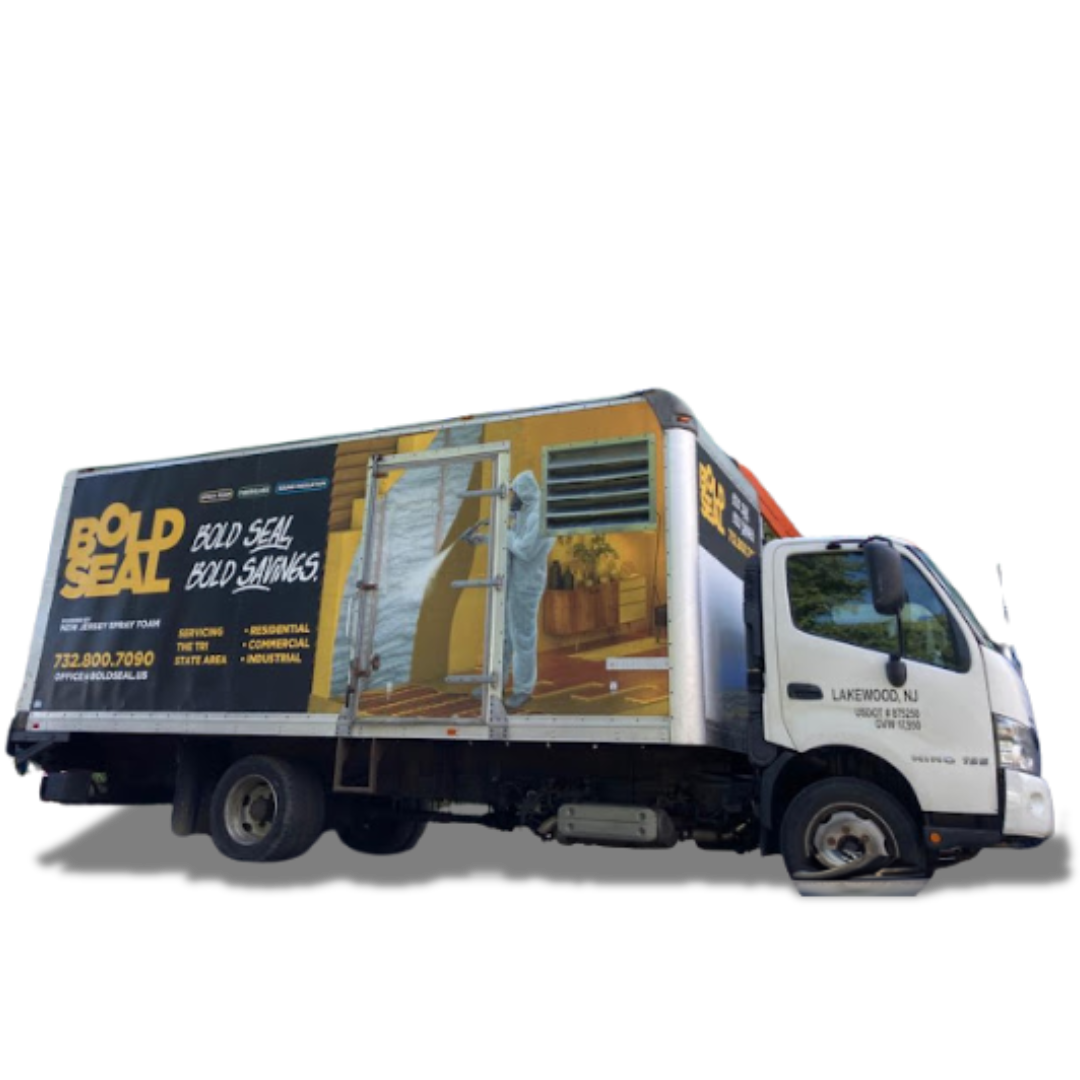Thinking about upgrading your home's insulation? Spray foam is a popular choice, but the cost can be a major factor. This guide breaks down everything you need to know about spray foam insulation pricing, helping you make an informed decision.
Understanding Spray Foam Insulation Costs
What is Spray Foam Insulation?
Spray foam insulation offers superior thermal insulation and air sealing, significantly improving energy efficiency and comfort. This polyurethane-based foam expands upon application, filling gaps and crevices to create a continuous, airtight barrier. It effectively controls moisture, reducing the risk of mold and mildew. Spray foam's high R-value contributes to substantial energy savings and enhanced soundproofing capabilities.
Types of Spray Foam Insulation
Two main types exist: open-cell and closed-cell spray foam. Open-cell spray foam is less expensive, offering excellent insulation value but with slightly lower density and moisture resistance than closed-cell. Closed-cell spray foam, denser and more durable, provides superior moisture resistance and a higher R-value per inch, making it ideal for areas prone to moisture or requiring exceptional thermal performance. Choosing between the two depends heavily on your specific needs and budget. An energy audit can help determine the best option for your home.
Factors Influencing Spray Foam Insulation Pricing
Material Costs
The cost of the spray foam material itself varies based on type (open-cell or closed-cell), quantity needed, and supplier. Closed-cell foam, due to its superior properties, generally commands a higher price per unit. Bulk purchases sometimes lead to savings. This material cost forms a significant portion of the overall project expense.
Labor Costs
Labor costs depend significantly on the project's complexity, square footage, accessibility, and the contractor's experience and location. Larger projects and difficult-to-access areas often increase labor costs. Highly skilled professionals typically command higher rates, reflecting their expertise in achieving optimal spray foam installation, maximizing the effectiveness of your investment in insulation prices.
Installation Time
The time required for installation directly impacts labor costs. Larger projects naturally take longer. Factors like the number of installers, the complexity of the structure, and the accessibility of the area to be insulated all play a role. Quotes from contractors should clearly outline anticipated installation time and associated labor costs.
Average Cost Breakdown
Cost Per Square Foot
The cost per square foot of spray foam insulation varies widely, depending on the factors mentioned above. Open-cell spray foam typically costs less per square foot than closed-cell. Prices often range from a few dollars per square foot for open-cell to upwards of $10 or more for closed-cell, including installation. This figure, however, is just a preliminary estimate; obtaining multiple quotes is crucial.
Total Project Cost Estimation
To estimate the total project cost, multiply the https://lakewood-nj-08724-n-w-7-8-1.huicopper.com/secure-top-notch-commercial-insulation-services-near-you-in-2025 square footage of the area to be insulated by the cost per square foot. Remember to include additional costs like permits, inspections, and potential repairs that may be necessary to prepare the surfaces for optimal insulation application. This should be clarified with your contractor before finalizing the agreement.

Additional Costs
Beyond the direct costs of materials and labor, other expenses could include permits, inspections, and any necessary repairs or surface preparations prior to spray foam application. These added costs can influence the overall project budget significantly; seeking quotes that cover all potential expenses is crucial. Obtaining accurate square footage and cubic footage measurements is critical for correct cost estimations.
Comparing Spray Foam with Other Insulation Types
Pros and Cons of Spray Foam
Spray foam insulation offers superior air sealing and thermal performance compared to traditional insulation like fiberglass or cellulose. Its airtight barrier significantly reduces energy loss and improves soundproofing. However, the initial cost is often higher. The long-term energy savings and increased home comfort often justify the higher upfront investment, delivering a strong return on investment.
Cost Comparison with Fiberglass or Cellulose
Fiberglass and cellulose insulation are less expensive upfront than spray foam, but they generally offer lower R-values and are less effective at air sealing. Spray foam's higher initial cost is often offset by its superior energy efficiency, resulting in reduced energy bills and a shorter payback period. A comprehensive comparison of insulation quotes from various contractors is essential to make an informed decision.
Finding and Hiring a Spray Foam Contractor
Questions to Ask Your Installer
Before hiring a contractor, gather multiple quotes and ask specific questions about their experience, licensing, insurance, the type of spray foam they use, the warranty offered, and their process for dealing with potential issues. Verify their qualifications and read online reviews to gauge their reputation and customer satisfaction levels.
How to Get Accurate Quotes
Obtain at least three detailed quotes from reputable spray foam contractors. Ensure the quotes outline all costs, including materials, labor, permits, inspections, and any potential additional expenses. Clear communication with contractors is crucial to ensure you receive accurate pricing that precisely reflects your project's specific needs. Financing options may also be available, impacting the upfront cost and payment schedule.
Long-Term Savings from Spray Foam Insulation
Investing in spray foam insulation translates to significant long-term energy savings. Reduced energy consumption lowers utility bills, potentially saving thousands of dollars over the lifespan of your home. These substantial savings can quickly offset the higher upfront investment, providing a remarkable return on investment.
DIY vs. Professional Installation: Which Saves More?
While DIY spray foam installation might seem cost-effective, professional installation ensures proper application, maximizing energy efficiency and avoiding costly mistakes. Improper installation can compromise the insulation's performance, negating potential savings. Professional installers often have specialized equipment and expertise, leading to a higher-quality, more effective result.
Conclusion:
Spray foam insulation offers substantial long-term benefits, but understanding the cost factors is crucial for informed decision-making. By carefully comparing quotes, understanding the different types of foam, and considering the long-term energy savings, you can make the best choice for your home. Contact several reputable contractors to get accurate quotes and start your journey towards a more energy-efficient and comfortable home.